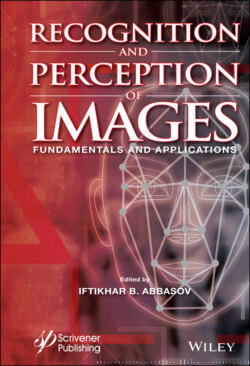Читать книгу Recognition and Perception of Images - Группа авторов - Страница 37
1.4.4 Binocular Disparity and Stereopsis
ОглавлениеDue to the binocular disparity of the images on the retina of both eyes, there arises a special perception of the depth of space and volume, which is called stereoscopic vision, or stereopsis (from the Greek Stereos – volumetric and opsis – vision) [Luria, 2006], [Shiffman, 2008], [Abbasov, 2016]. One of the most impressive examples of stereoscopic vision is the perception of the effect of depth when viewing slides with a stereoscope, that is, when presenting each eye with slightly different planar images of the same scene, called stereograms, the illusion of volume.
Stereograms can also be created with a random set of black and white elements. Meaningful perception of the depth of these stereograms is possible only after the two images are combined in a certain central visual zone. When viewed with a monocular, these images lose depth and are perceived as uniformly arranged random elements. A special form of a stereogram containing two combined patterns for both eyes is called an autostereogram. An autostereogram is an unusual and difficult task for the visual system, since it is necessary to focus the eyes at a distance different from the one on which the drawing itself is located. But if you look with two eyes and do not suffer from stereo-blindness, then with a certain training session (and patience) you can see the stereoscopic image.
